Case studies
The examples below aim to provide inspiration and to share experiences of different types of climate change adaptation work in Sweden.
Search Results
44
hits for time limit
ErosionFlooding
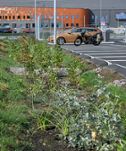
therefore contribute to important ecosystem services. People also feel better when they are close to nature, at the same
time as insects and other organisms are given the opportunity to thrive. The design and location of rain borders varies depending on the construction conditions, level of pollution and
ErosionFloodingStorm waterTourismUrban planning
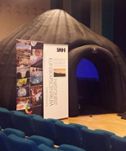
local events. Over the course of 30–40 minutes, a climate communicator from SMHI talks about our impact on the climate, the effects of climate change and what we can do to adapt, all while moving images are shown on the screen. The visualisations are controlled in real
time by a technician from
HealthHeat wavesHumidityMould
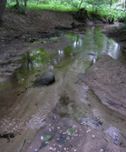
why the County Administrative Board in Skåne is making intensive efforts to ensure
time limits are placed on all water-rights judgements. The first judgement pertaining to temporary permits for surface water extraction was delivered in 2012 and the permit is valid for 30 years. A reassessment will
HealthHeat wavesTourismUrban planning
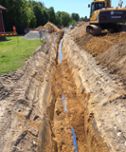
therefore be used to supply Olofström, at the same
time as Näsum gains access to better water than previously. The construction project is divided into three stages. The work began in 2014 and is now in its final stage. The estimated completion is May 2016. The project is run by an operating company, Skåne
ForestryHealthHeat wavesTourismUrban planning
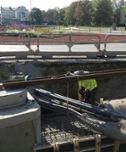
increased quantities of water in the future, Kalmar Vatten is also increasing the capacity of the pipeline network, primarily the surface runoff drains. At the same
time, the company is working on quality improvements to extend the pipelines’ lifespan. Financing Kalmar Vatten increased the water and
TourismUrban planning
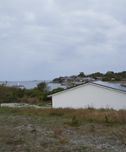
per day were driven in, just over fifty cubic metres of water. At the same
time, there is a desire to develop the area with both permanent homes and holiday accommodation. If this is to be possible, the water supply needs to be secured. In its water and sewerage plan, Region Gotland has established
AgricultureTourismUrban planning
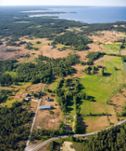
The water supply in summertime has long been a problem for those who live in Gammelgarn Parish on Gotland. When their own wells dry up, they have been forced to collect water from Katthammarsvik. This is a situation that is both laborious and
time-consuming, especially for those landowners who
Animal husbandryCultural heritageEcosystem servicesMouldNatural environmentReindeer husbandrySnow

and snowfall mean that conditions for reindeer husbandry are changing. Timings for moving the herd and for slaughter have had to shift, and warm, dry summers can cause problems for the reindeer with their sensitivity to heat and insects. Winter is now the most critical
time of the year for reindeer
FloodingForestry
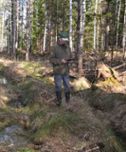
Over half of Sweden’s total land surface is productive forest land. Forests are affected by climate change and there are expected to be marked changes in the climate over
time. Effects of climate change In the future, the growth period may be extended by 1-2 months and the annual rate of forest
BuildingsErosionFloodingForestryHealthTourismUrban planning
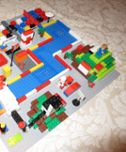 limited
limited resources. So they have to be intelligent builders! The water is then poured over the model again and the children together evaluate what they’ve done. In a final step, they rebuild the town to make it safe from flooding, perhaps by moving essential services to higher ground and protecting